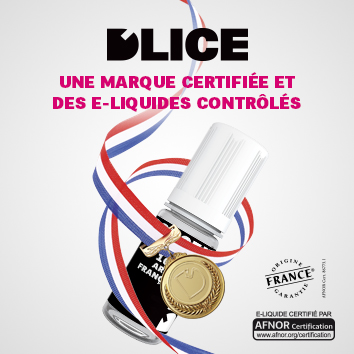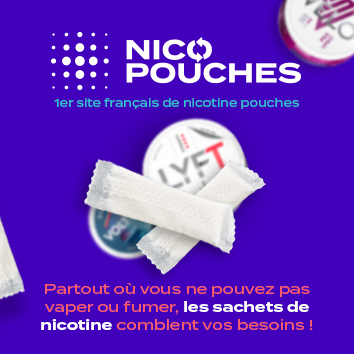A new study warns of health risks with certain e-liquids

The vape market is thriving as never before. In the USA, there are today almost 500 different brands for a total of 8000 e-juice flavours. A recent american study has just been released concluding that certain of these flavours could be dangerous. A number of flavours available on the global market are said to have negative effects on white blood cells.

The study, organised by the University of Rochester, was published in the “Frontiers in Psychology” online medical journal. Results indicate that cinnamon, vanilla, and butter flavours may actually be toxic to monocytes. They can cause major inflammation of these cells, which represent from 2 to 6% of our white blood cells.
Furthermore, the study also stated that mixing flavours was much more harmful to health than unique flavours. A range of flavoured e-liquids that do not containe nicotine are considered to be potentially toxic. The study was organised and overseen by doctors Thivanka Muthumalage and Irfan Rahman, who claim that these chemical compounds are particularly dangerous when inhaled.
To be taken with a grain of salt
The team behind the research project called for greater transparency in e-liquid composition. Currently, a full list of ingredients on the label is not mandatory. Providing consumers with more transparent information could help them identify “risky” flavours more easily.
 Despite the alarming nature of the study, it must be taken with a grain of salt. Firstly, comparative studies would be necessary to establish a reliable scientific conclusion. Secondly, while the study points to the risks for human health, it does not however address quantity to determine toxicity thresholds.
Despite the alarming nature of the study, it must be taken with a grain of salt. Firstly, comparative studies would be necessary to establish a reliable scientific conclusion. Secondly, while the study points to the risks for human health, it does not however address quantity to determine toxicity thresholds.
An interesting aspect of this case is the fact that demonstrating the dangers of e-cigarettes has become the spearhead of the University of Rochester’s medical centre. In 2015, another study by doctor Irfan Rahman pointed the finger at the potential risks of flavoured e-juice. The supposed toxicity of cinnamon, vanilla, and butter flavours was already cited in that previous study.






